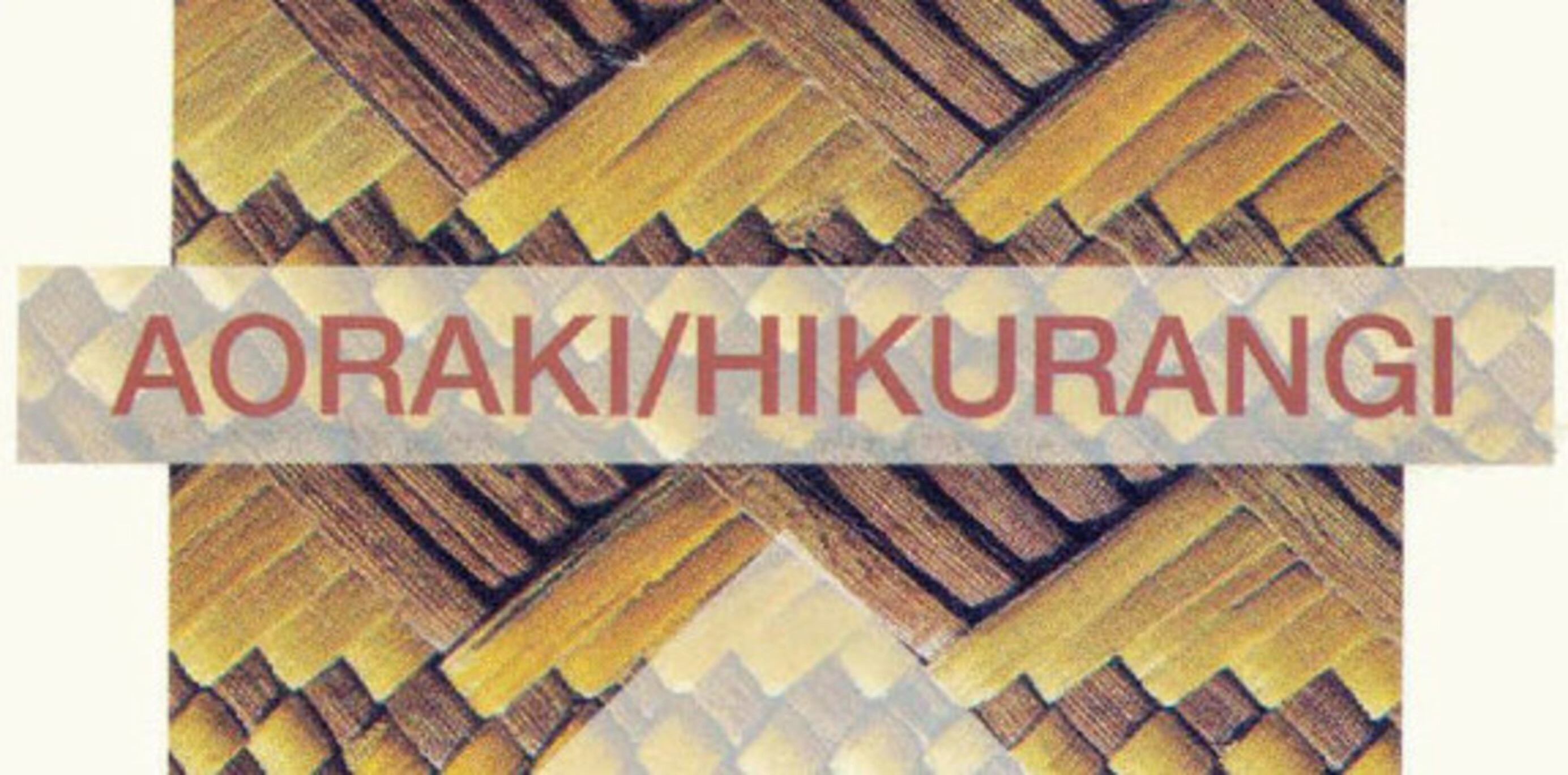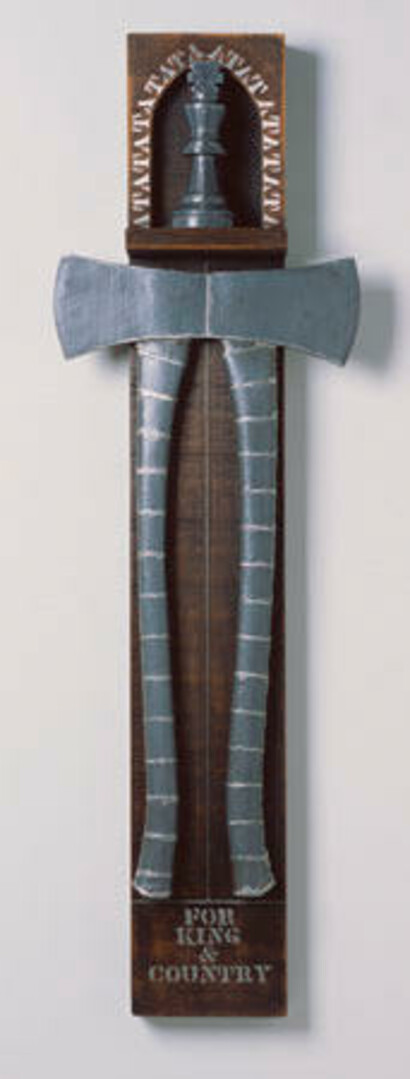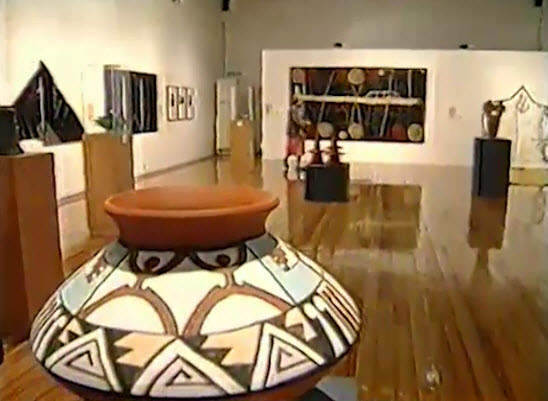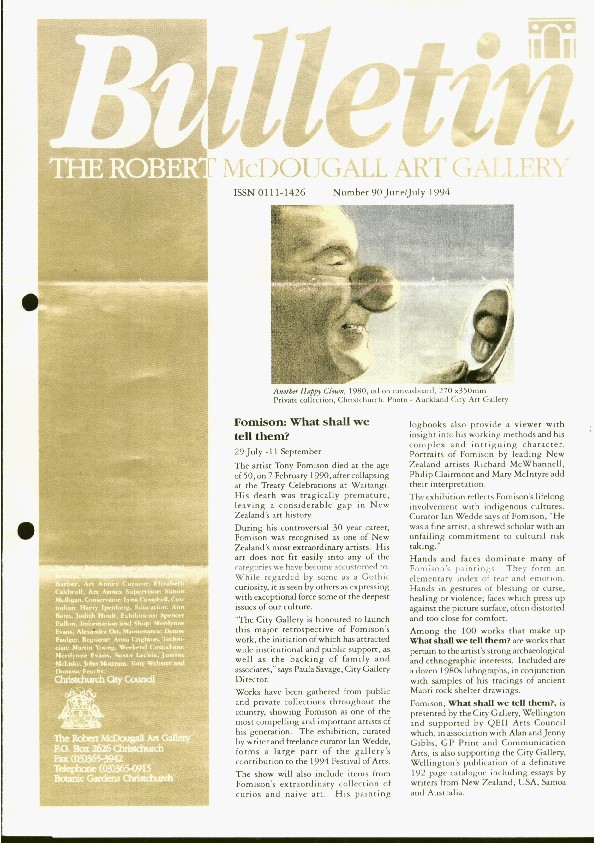This exhibition is now closed
Aoraki / Hikurangi
21 June –
7 August 1994

Aoraki/Hikurangi is an exhibition of contemporary Maori art curated by Elizabeth Caldwell and the McDougall's honorary Maori curator, Jonathan Mané-Wheoki. It forms a part of the celebrations taking place to honour the centenary of Sir Apirana Ngata's (1874-1950) graduation from Canterbury University with a Bachelor of Arts. Ngata was New Zealand's first Maori graduate and went on to gain a Masters in Political Science and a law degree. As a member of the young Maori Party he was elected to Parliament in 1905 and held the Native Affairs portfolio for 35 years. Although Ngata was very successful in the European world, he never lost sight of his Maori heritage and was dedicated to the preservation of Maori culture in an increasingly Pakeha environment. As his son Henere Ngata wrote:
'There has always been one purpose, and one only in his life: the keeping alive of Maoritanga by adjusting its more material elements to the changing demands of the times, and reclaiming its more spiritual and cultural values in the face of those changes.'
Ngata is seen to be responsible for the resurgence of Maori culture in the early part of this century. Through his encouragement many traditional arts such as carving, weaving, song and dance were revived along with Maori pride.
The kaupapa (purpose) of this exhibition is to acknowledge and symbolise, through the work of contemporary artists, the historic meeting during the centenary of Ngata's people, the Ngati Porou from the North Island's East Coast, and the Ngai Tahu of the South Island. The exhibition's title Aoraki/Hikurangi refers to the geographical location and the whakapapa of each iwi. Hikurangi is a mountain sacred to the Ngati Porou, who believe that Hikurangi was the first part of Maui's great fish to reach the surface. Maui's canoe and broken bailer can still be seen on the mountain's side.
Aoraki was a voyager on the Araiteuru canoe which was wrecked in a storm. Aoraki survived, struggled to shore, and travelled inland. Yet like many of his companions he turned to stone and formed Mt Aoraki (Mt Cook). In another version of the story Aoraki was a celestial visitor whose Canoe, Te Waka-a-Aoraki ran aground and turned into the South Island. As Aoraki and his brothers clambered to the high side of the canoe they were transformed into snowy peaks. Aoraki/Hikurangi features six artists from each iwi. They are Cath Brown, Jacqueline Fraser, Ross Hemera, Peter Robinson, John Scott and Areta Wilkinson of Ngai Tahu descent and Ngapine Allen, Steve Gibbs, Robert Jahnke, Robyn Kahukiwa, Baye Riddell and John Walsh of Ngati Porou. The exhibition will include paintings, sculpture, walI reIiefs, photography, ceramics and jewellery. Catalogue printing assisted by Te Waka Toi.
('Aoraki/Hikurangi', Bulletin, No.90, June/July 1994, p.5)
This exhibition was held at the McDougall Art Annex in the Arts Centre.
Exhibition number: 558


